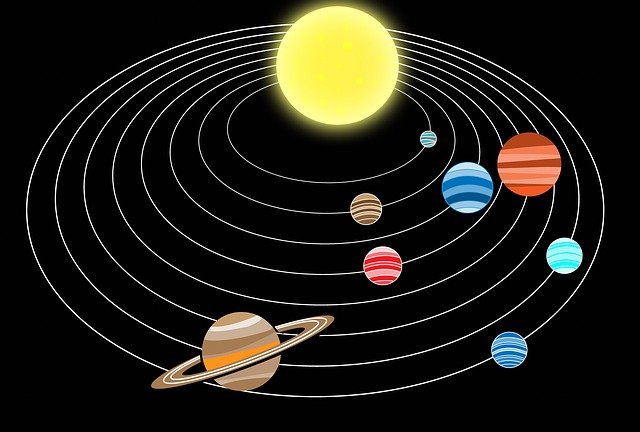The Most Massive Globular star cluster "Omega Centauri or NGC 5139"
We all must have heard about star clusters. A group of stars is known as a cluster. Clusters can be of two types open cluster, and globular cluster. Some time ago a planet named Methuselah was considered to be the oldest planet in the universe. In fact, the planet was also found as a globularcluster. Omega Centauri is located at a distance of 17,090 light years from us. This cluster is the most massive cluster ever discovered. In a globular cluster, stars are very close to each other and are tightly bound by Gravity.
All the stars revolve around the galactic core. But Omega Centauri is considered to be the most massive cluster ever. It is estimated to have more than 10 million stars in it. This cluster is so large that its diameter is about 150 light years. It is also known as NGC 5139 or Cald well 80. This is the largest massive cluster ever discovered in the Milky Way galaxy. This cluster can be easily seen from the earth with the naked eyes.
All the stars in it
are only 0.1 light years away from each other. Due to the large number of stars
and their short distance from each other, this cluster looks very bright. Omega
Centauri has long been considered the only star. It is the first mentioned by
Ptolemy In 150 AD. He recorded it as a
star on the horse's back. Then in 1603
Johann Bayer Named the object Omega Centauri using Ptolemy’s figures. It is not
yet known if Omega Centauri is actually a star cluster, not a single star. It
was then studied in depth by Edmond Halley in 1677 and listed as the first
non-Stellar object.
The object was a discovered to be a globular cluster by the
Scottish astronomer James Dunlop in 1826.
This is how it turns out to be a cluster from a single star. This
cluster is a very large structure. The number of the star near its Centre is a
very large. The total mass of this cluster is estimated to be equal to about 4
million solar messes. It contains very
old stars. These stars are called Population II Stars. These stars are also known
as metal poor stars. Population II type
stars are the oldest stars in the universe, mostly found in a globular cluster.
This category includes stars that formed 10 billion to 13
billion years ago. These stars, formed after the big bang, contain a large amount
of hydrogen and helium. But the population II stars contain very small amount
of heavy metals called oxygen, silicon, neon and iron called Alpha
elements. The number of such stars in
the Omega Centauri is very high. In
depth study has a shown that orbital velocity of such stars is much higher than
that of other stars. In addition, the
population I type stars include young stars that form from 1 million year to a
few billion years ago.
Unlike population II, these stars contain a large amount of
Alpha elements. In the Stellar population stars are classified in Astronomy
based on their different age generations.
This cluster is thought to be a Core of a destroyed Galaxy. This may
have been later absorbed by the Milky Way galaxy. The cluster currently
discovered by scientists is the brightest and most massive giant star cluster.
Scientists believe that the cluster is a remnant of a pre-existing small
Galaxy.
This must have happened a long time ago. it is generally observed that stars in other clusters are about the same age and have the same chemical composition. But apart from that, the stars in Omega Centauri are quite different. The chemistry of the stars in it has also been found to be different to it and there are huge difference in the age of the stars. It also has very young stars and very old stars. Scientists are trying to understand why this is a so. Observations made a few years ago have shown that there is a very massive object at the centre of this globular cluster.
To find out what could have happened, scientists observed it
with the Hubble Space Telescope and Gemini observatory. Data from Hubble's advanced camera for surveys show
that stars near the centre of the
cluster are orbiting at it very high
speed around its Core. Astronomers try to measure the speed and brightness of
stars near the centre. The Scientist says it has an intermediate- mass black hole
at its centre. When the mass of the black hole at its centre was calculated,
its mass was estimated to be equal to 40,000 solar masses.
This giant black hole is much larger than the stellar mass black hole. But it is much smaller than the supermassive black hole in the centre of a galaxy. At the moment this cluster is a 10 times more massive than any globular cluster. No planets are usually found in such clusters. The gravity of the stars in the cluster does not allow a planet to form. Perhaps this is why planets do not exist in such clusters. There is only room for the stars. As a black hole is found in it centre, it can be assumed that the Omega Centauri must have been a dwarf Galaxy before. Whatever it is for us there are so many more interesting galactic object scattered in every direction to amaze us in this universe.





Comments
Post a Comment
Please do not enter any spam link in the comment box.